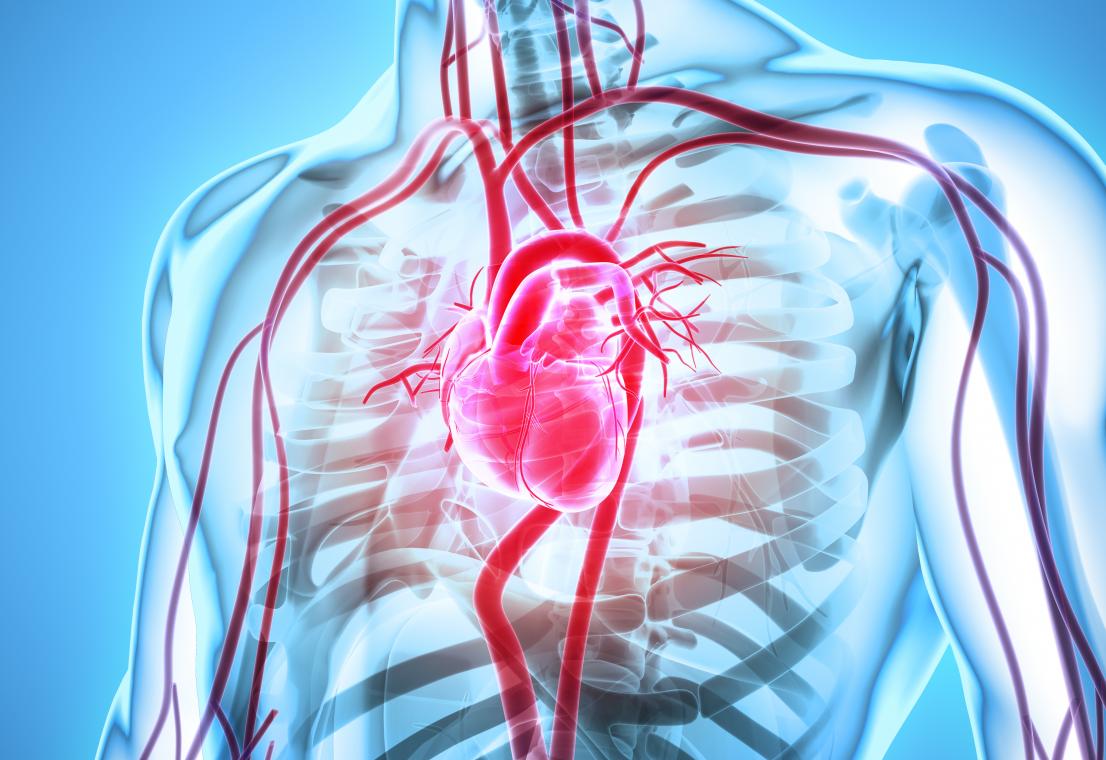
Catheter Ablation Saves Life: Time to Act
The Medical Technology Association of Australia (MTAA) welcomed the findings published in The New England Journal of Medicine, that patients with atrial fibrillation (AF) benefited more from catheter ablation over drug treatment.
It supports calls made last year by Hearts4Heart, the peak patient group for AF that released a White Paper in Parliament House calling for an end to the political wrangling that leaves thousands of Australians languishing on public hospital waitlists for this lifechanging treatment.
Currently privately insured patients are generally not eligible for this treatment because the Prostheses List (PL) does not require reimbursement of non-implantable devices by private health insurers.
MTAA calls on the private health insurance industry to support this life saving and cost-effective treatment to be listed on the PL.
In October last year, MTAA signed a four-year Agreement with the Commonwealth that will deliver $1.1 billion in benefit reductions paid by private health insurers for medical devices. One of the key reforms in the Agreement is to review ways of listing non-implantable medical devices like catheter ablation for atrial fibrillation.
The PL has not kept pace with advances in medical technology resulting in devices like catheter ablation not being eligible for listing because they are not permanently implanted in the body.
AF is a major public health issue affecting around 460,000 Australians, with up to 30% remaining undiagnosed. Further, it is also associated with a 5 to 7-fold increase in the risk of stroke and a 3-fold increase in the risk of heart failure.[1]
Today, AF is considered a major cause of stroke in Australia (6,000 strokes annually), heart failure and hospitalisation (more than 60,000 hospitalisations annually), with direct annual healthcare costs of approximately $1.63 billion.[2]
Ian Burgess, Chief Executive Officer of the Medical Technology Association of Australia said:
“This report supports our calls for non-implantable devices like catheter ablation being fast-tracked to the Prostheses List.
“The medical device sector has played its part in reducing healthcare costs by helping to deliver the lowest private health insurance premium increase in 17 years.
“But the current Prostheses List while successful in supporting choice and containing costs has not been updated to reflect advances in technology and models of care.
“The Prostheses List is a benefit to private health insurance members that ensures no out of pocket costs for medical devices.
“We believe access to a full range of medical technology is the most valuable component of a private health insurance policy and enables the medical device industry to do what it does best – assist patients lead healthier and more productive lives.”
Media Contact: 02 9900 0600 | media@mtaa.org.au
[1] Ball J, Thompson DR, Ski CF et al. Estimating the current and future prevalence of atrial fibrillation in the Australian adult population. Med J Aust 2015; 202:32–35. Kirchhof P, Benussi S, Kotecha D, et al. 2016 ESC Guidelines for the management of atrial fibrillation developed in collaboration with EACTS. Eur Heart J 2016; 37: 2893–62.
[2] PricewaterhouseCoopers. Update: The economic cost of atrial fibrillation in Australia. 2017.